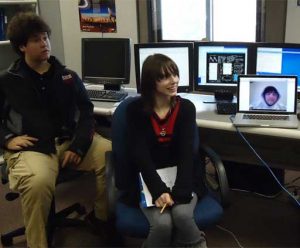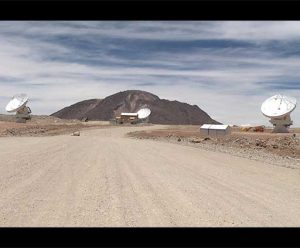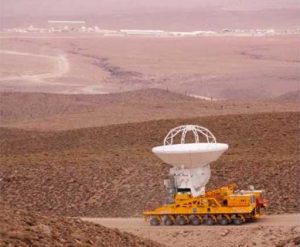In the constellation of Ophiuchus, above the disk of our Milky Way Galaxy, there lurks a stellar corpse spinning 30 times per second — an exotic star known as a radio pulsar.
NRAO Astronomer Honored by American Astronomical Society
Dr Scott Ransom, an astronomer at the National Radio Astronomy Observatory, received the American Astronomical Society’s Helen B Warner Prize on January 11, at the society’s meeting in Seattle, Washington.
NRAO Astronomer Wins Prestigious Guggenheim Fellowship
Dr Dale Frail, an astronomer at the National Radio Astronomy Observatory in Socorro, New Mexico, has been awarded a prestigious Guggenheim Fellowship, according to the John Simon Guggenheim Memorial Foundation.
West Virginia Student Discovers New Pulsar
A West Virginia high-school student has discovered a new pulsar, using data from the giant Green Bank Telescope.
ALMA Test Sharpens the Vision of New Observatory
The Atacama Large Millimeter/submillimeter Array has passed a key milestone crucial to producing the high-quality images that will be the trademark of this revolutionary new tool for astronomy.
ALMA Telescope Reaches New Heights
The ALMA astronomical observatory took another step forward and upward, as one of its state-of-the-art antennas was carried for the first time to Chile’s 16,500-foot-high plateau of Chajnantor on the back of a giant, custom-built transporter.











